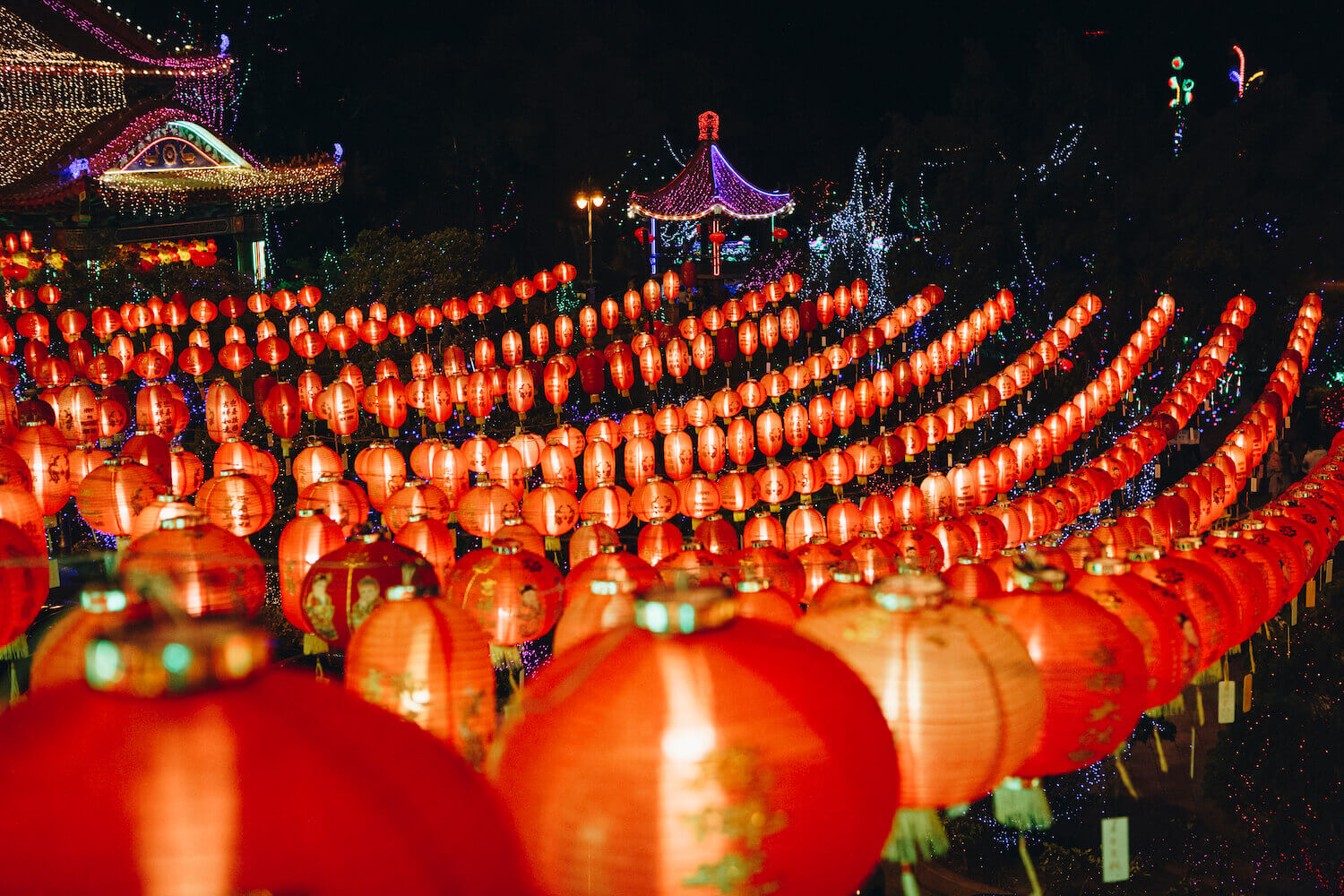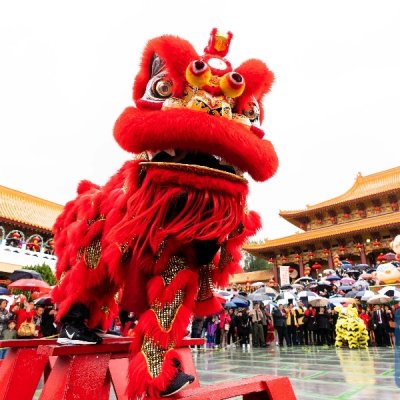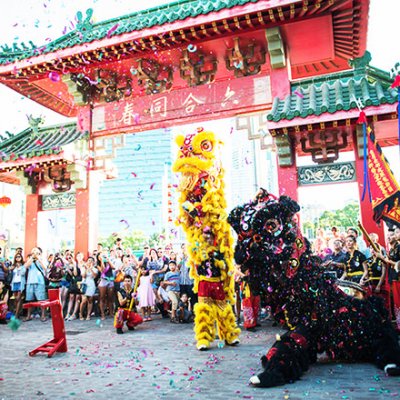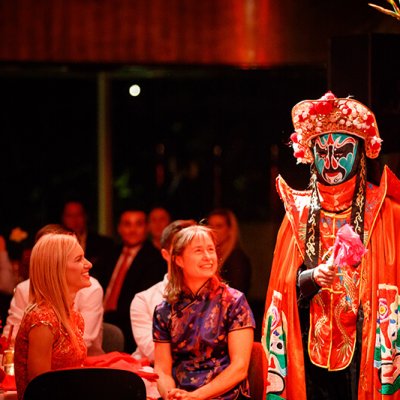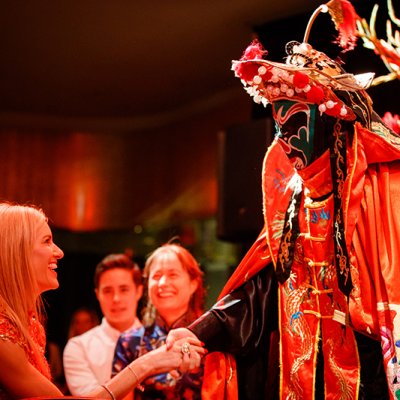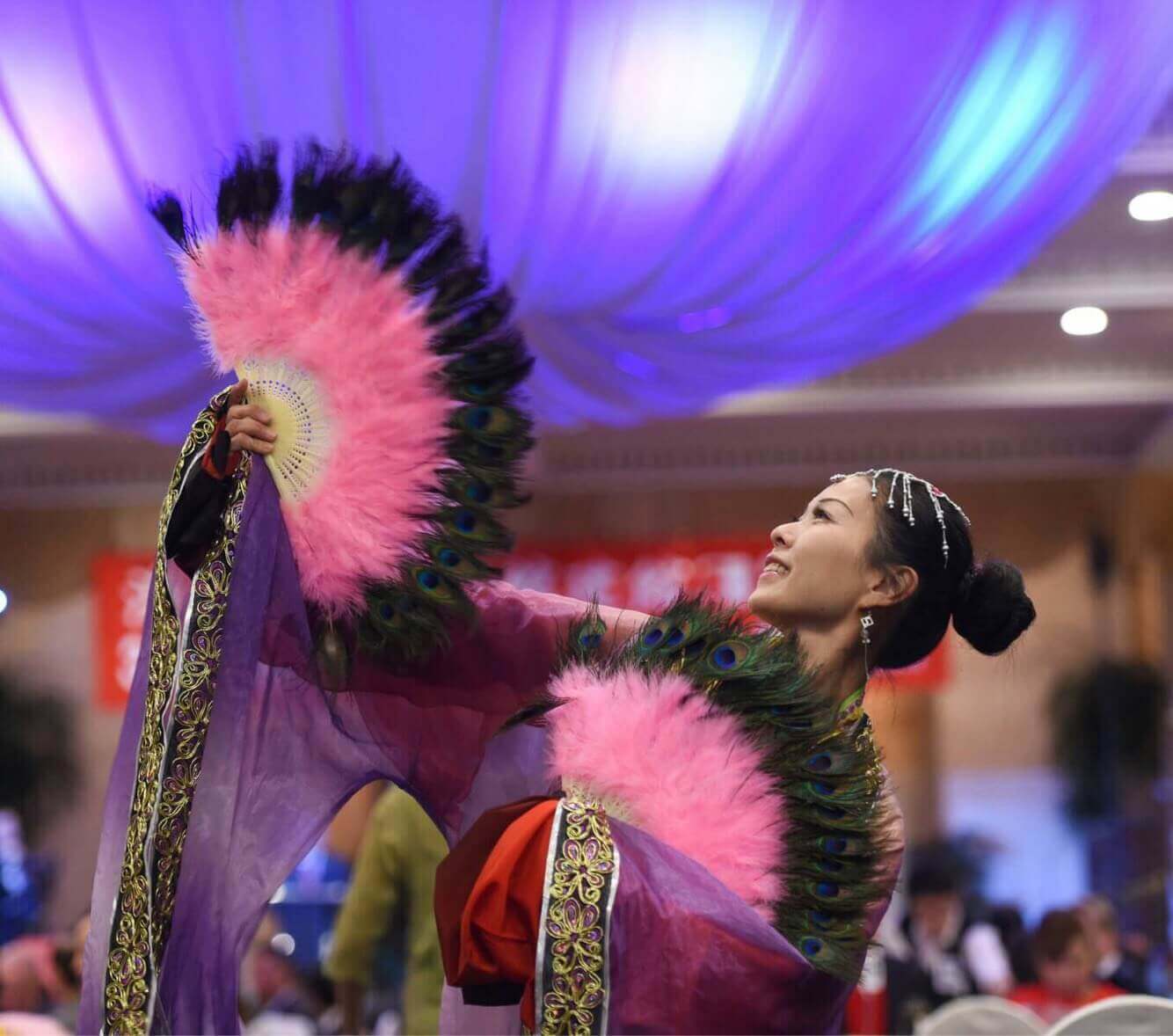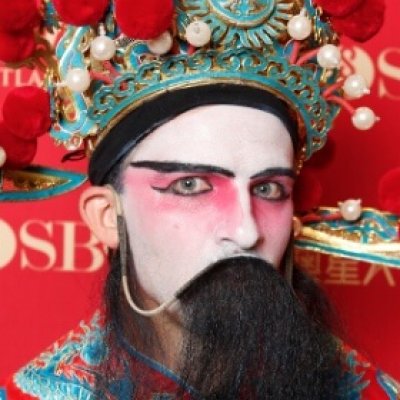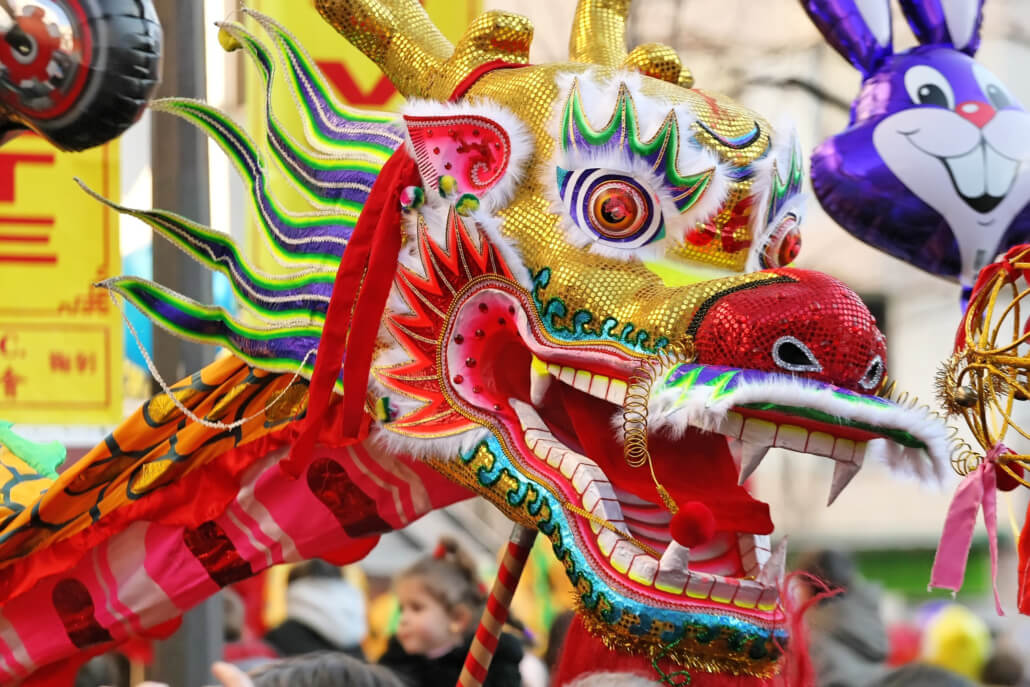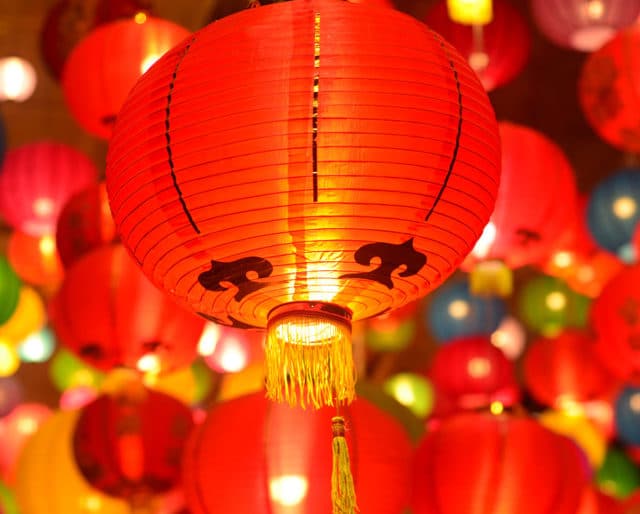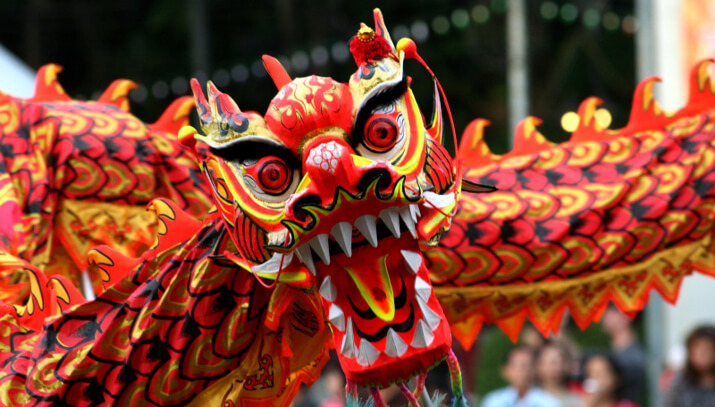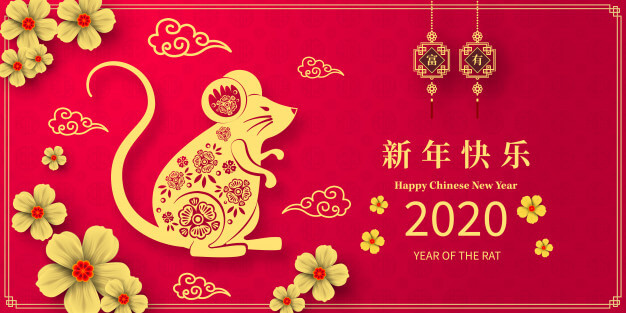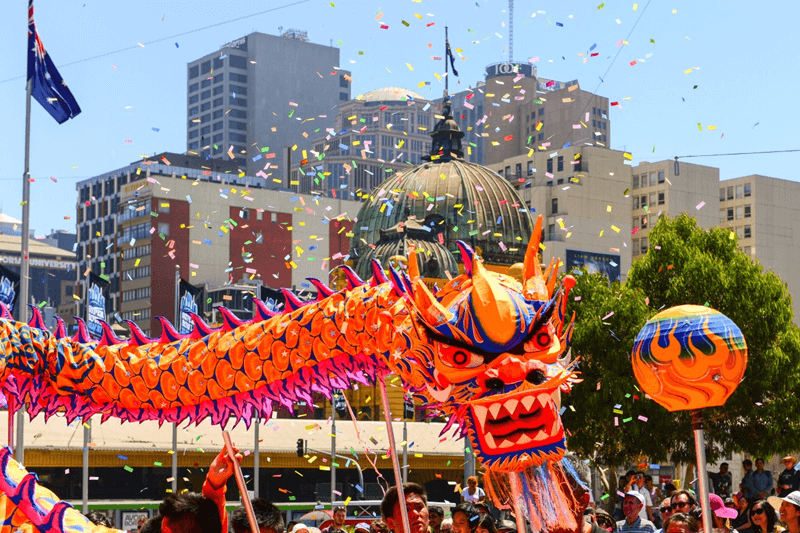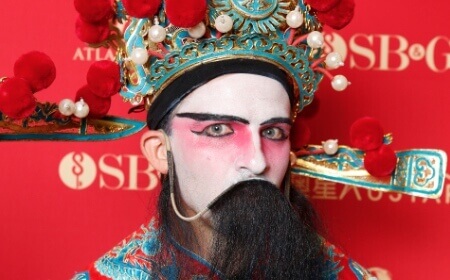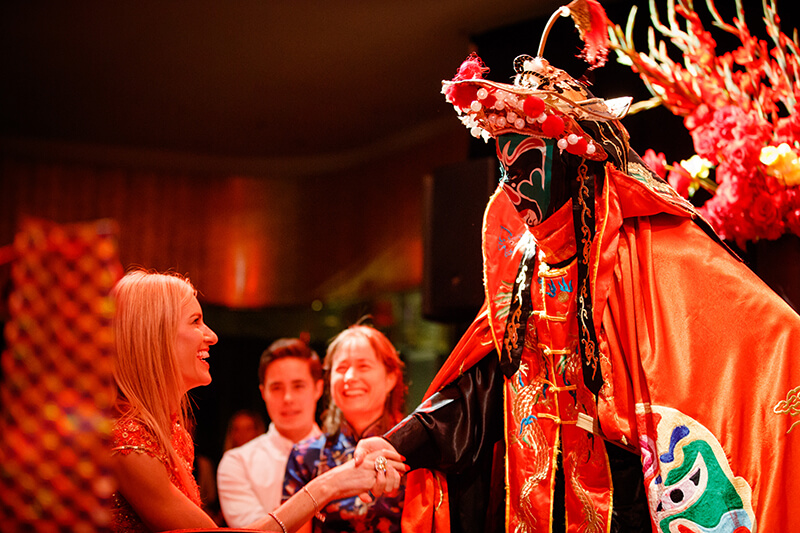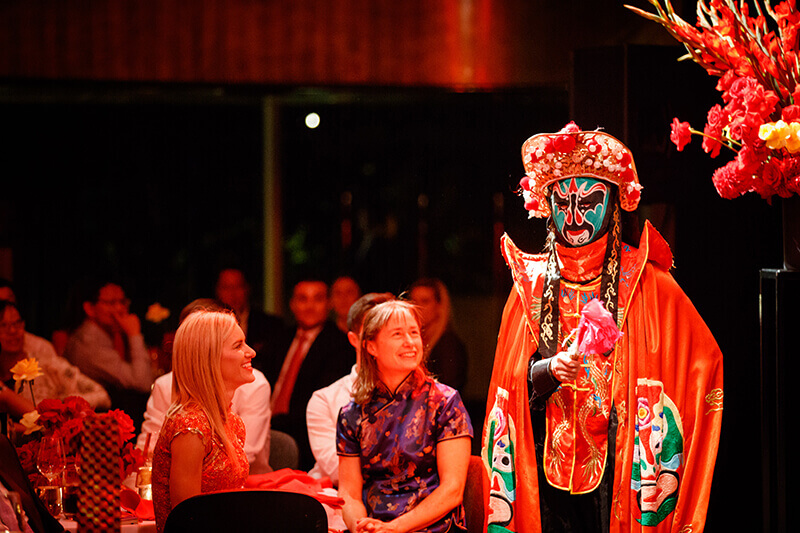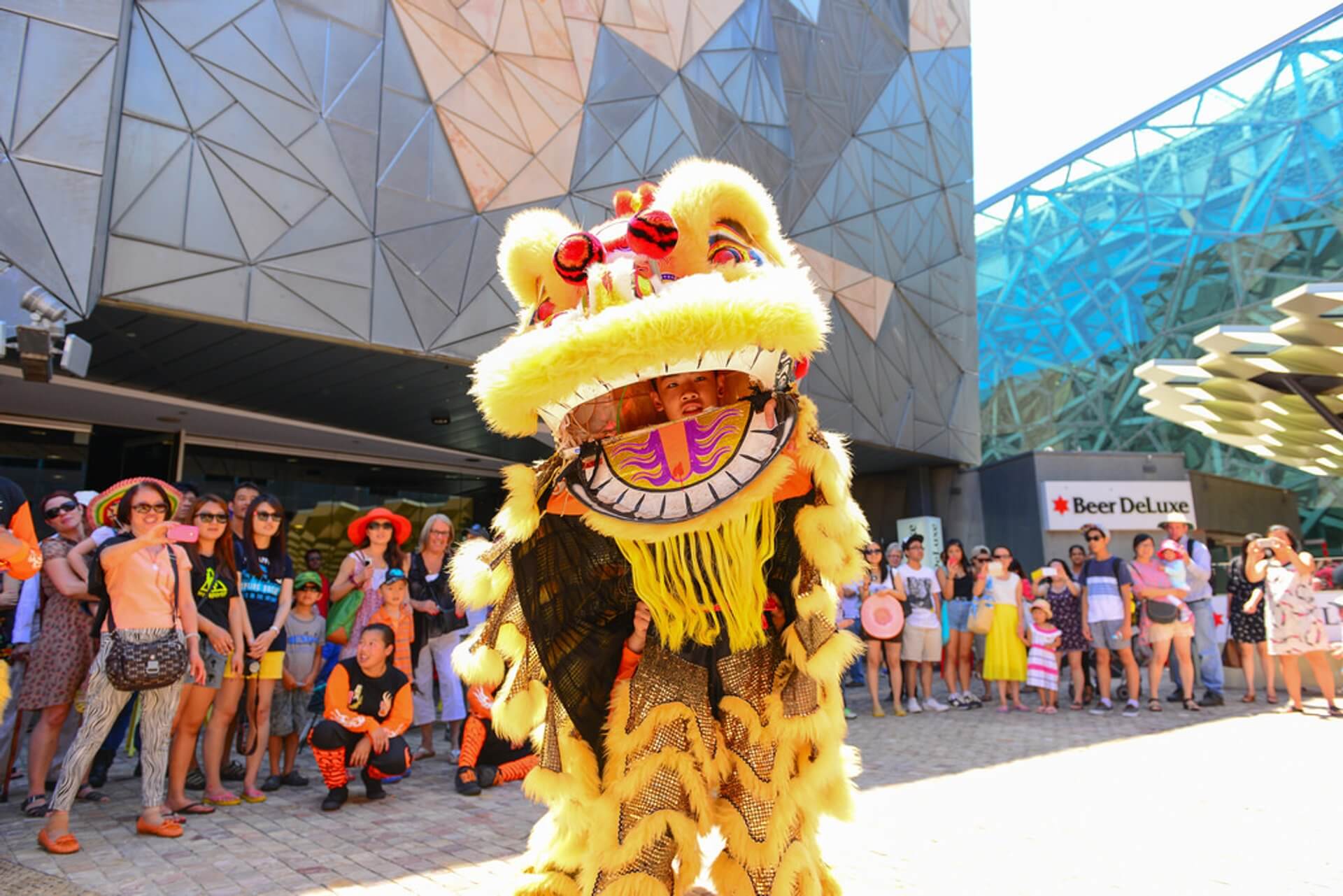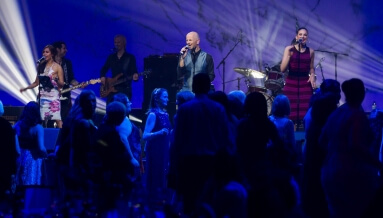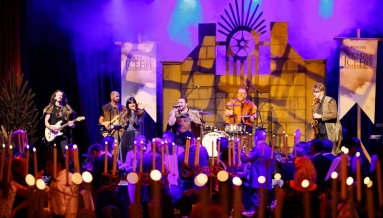Ideas & Insights
Chinese New Year 2020 | The Year of the Rat
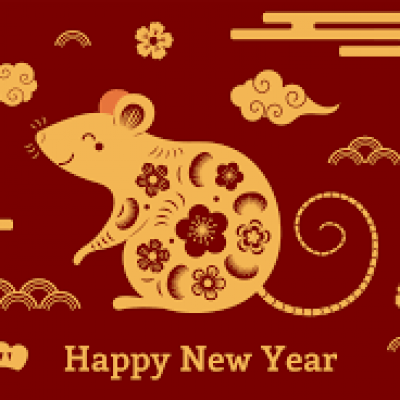
The Chinese New Year is celebrated by more than 20% of the world, it is by far the most important holiday to the Chinese people. Chinese New Year is one of the biggest events on Australia’s Chinese calendar, bringing with it several weeks of celebration and festivities.
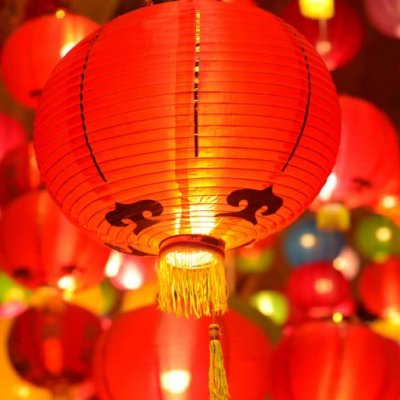
In China, the new year is referred to as chunjie (春节) – The Spring Festival. Although, it is also referred to as the Lunar New Year due to the fact that countries such as North/South Korea, Vietnam celebrate the festival and due to the fact that the Spring Festival is based on the lunar calendar.
Chinese New Year Dates
In 2020, The Chinese New Year, falls on the 25th of January – with the festival dates spanning January 25th- February 4th. According to the Chinese Zodiac (which features a 12 year cycle with each year being represented by a specific animal) 2020 is the year of the rat. People who are born in the following years: 1936, 1948, 1960, 1972, 1984, 1996, and 2008 will experience their Zodiac year of birth.
Origins of Chinese New Year:
Originally, The Spring Festival was a ceremonial based day used to pray to the gods for a good planning and harvest season. As China was previously an agrarian society, the success of the planning and harvest was imperative. The Chinese people also prayed to their forefathers as they were treated like gods.
The Myths surrounding the beginnings of Chinese New Year are far most interesting….. According to Chinese legend at the time, there was a monster that lurked around every New Year’s Eve called Nian (年). During this time, the majority of people would hide in their homes, although there was one boy who was brave enough to fend of the monster with fire crackers. The following day, the people celebrated by setting off even more fire crackers. In time, this practise slowly became a integral part of The Chinese New year. In today’s china, people stay up on Chinese New Year eve and set off firecrackers at midnight to scare away potential rhetorical monsters and bad luck. On the morning of Chinese New Year, firecrackers are once again set off, en masse, to welcome in the new year and all the good luck it may hold! On New Years day night, the burning of fake paper money and printed gold bars also takes place, by families, to honour their deceased loved ones. The Chinese believe that these offerings will bing good fortune and good luck to their ancestors in the afterlife.
Chinese Lion Dancers:
The Chinese Lion Dance can be traced back as early as the Qing Dynasty. The “Lion” itself, was a creature that people worshipped as Gods, to rid of illness, droughts etc.
Chinese New Year Entertainment: Our Chinese Lions are colourful and always smiling. Their foot work is agile, mimicking the movements of a cat. The music is complicated, allowing the lion to express itself with many different types of expressions. Extremely popular for Chinese New Year Festivals as well as Asian themed events.
The lion expresses joy and happiness and is used to summon luck and good fortune. During the Chinese New Year, lion dancer troupes from the Chinese martial art schools visit the houses and shops of the Chinese community to perform the traditional custom of “cai qing”, which literally means “plucking the greens”.
As the lion moves from place to place, he looks for some green vegetables such as lettuce which are hung above the doors of houses or businesses. Hidden in the leaves is a red packet of money. The lion eats the lettuce and and then scatters the lettuce leaves to symbolise a fresh start for the new year and the spreading of good luck.The Red envelope offering is a reward for the lion for chasing away the evil spirits.
Check out our Lion Dancers HereChinese Face Changing Magic
Chinese Face Changing also changing, known as “Bian Lian” in Chinese, is an important aspect of Chinese Sichuan opera. Performers uses “face changing techniques” on the stage and transforms it into a special art with stunning skills. They wave their arms and twist their heads, and their painted masks change again and again and again…
Check out Chinese Face Changing Magic HereChinese Fan Dancers
The traditional Chinese fan dance has been a part of China’s heritage for over two thousand years. Considered to be an ancient form of folk dance, the fan dance serves various purposes and is highly regarded by the Chinese.
The Chinese fan dance plays a few different roles in China. First, it is used to help pass down stories and traditions of Chinese culture. Both tourists and younger Chinese generations learn classic tales and lore of China’s past through the fan dance. This is why you can often see fan dancers at Chinese new year festivals, theatre performances, and other exhibition-style events where the performers are able to promote their rich roots in history.
Check out Chinese Fan Dancers HereCai Shen
Cai Shen – Chinese god of prosperity worshiped in the Chinese folk religion and Taoism. Being the “God of Wealth” he is often a part of Chinese New Year Celebrations Cai Shen is majestic and dignified, wearing traditional Cai Shen dress and head piece. He wanders throughout an event and his exotic look impress his audience and brings luck to your event.
Check out Cai Shen here

